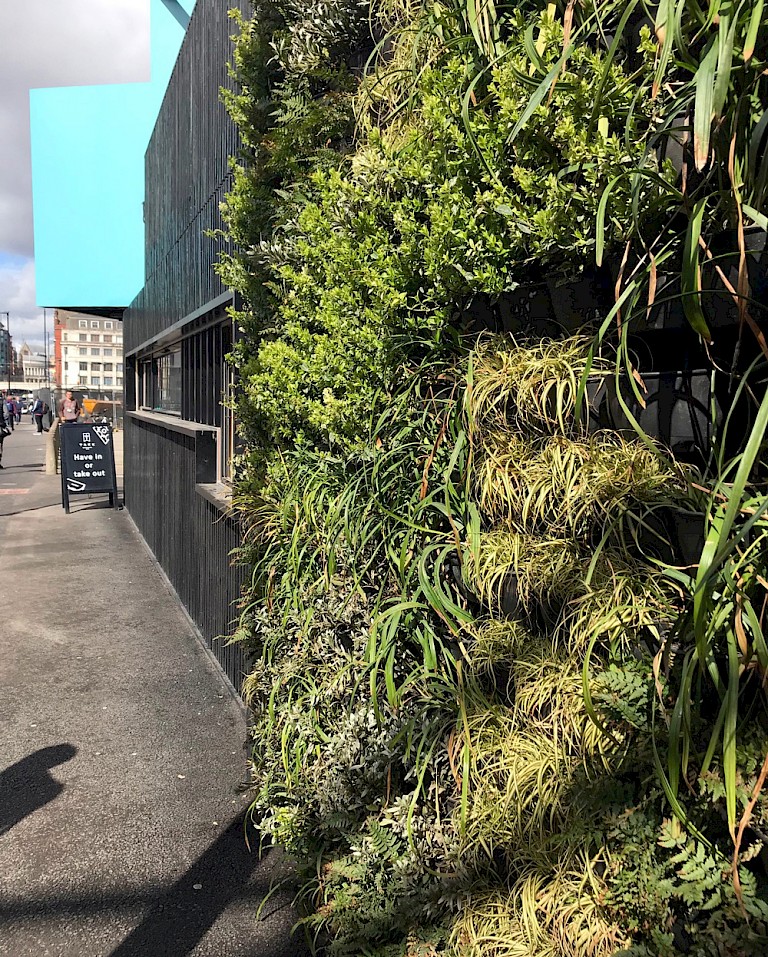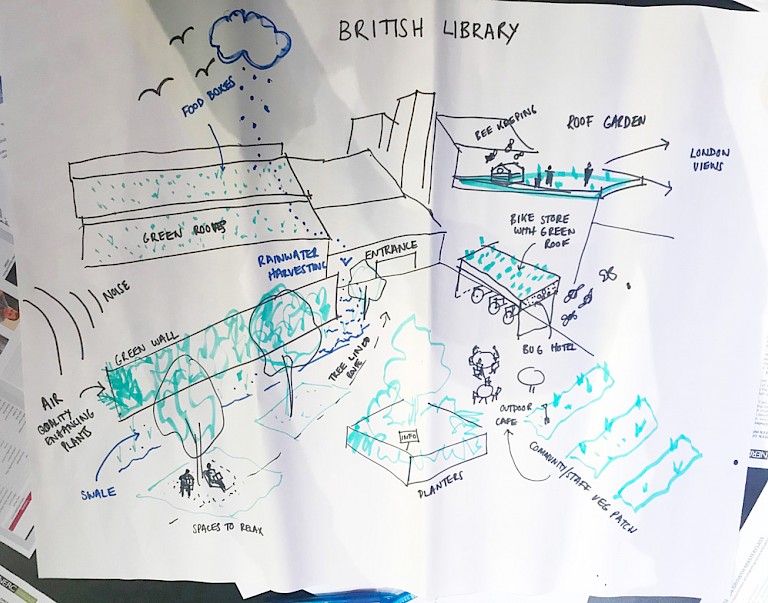
Yesterday I attended a workshop by the UK Green Building Council on ‘Green Infrastructure’. I went into the session questioning what the term actually meant; it turned out to mean many things to different people in the room, who included planners, estates managers, ecologists, developers, architects, and landscape architects.
The speakers, Adam Barker from the Natural Environment Research Council; Paul Nolan, director of the Mersey Forest; and Richard Sabin of Biotecture presented a number of definitions. However, these could all be summed up as “anything that’s green and living”. But why is green infrastructure important?
By 2040, 75% of the world’s population will live in urban areas. Richard Sabin argued that for a city to be truly sustainable, it must first do no harm to its population. It is predicted that in 30 years, London will have the same climate as Marseilles, but the built environment has never been designed to work with these kind of temperatures.
The benefits of increasing green infrastructure include:
- Removal of air pollutants
- Reduction in urban temperatures
- Improvement in biodiversity
- Rainwater attenuation
- Noise reduction
- Increasing productivity and creativity
- Improved sense of wellbeing
- Health benefits.
The challenges of implementing green infrastructure was a key discussion topic: how to get the client to think in terms of value rather than cost and the maintenance implications that often scare people off. It is hard when the benefits are subjective but certain parties are trying to monetise them with the belief that this presents a stronger argument. There was no answer to the maintenance question – simply, yes, it needs maintaining!
The session ended with a task to green up the front plaza of the British Library, thinking about the benefits, who would have to be brought on board with the idea and first steps in implementing it.
And on my journey back to the office, I noticed a number of green infrastructure interventions which had previously passed me by!
